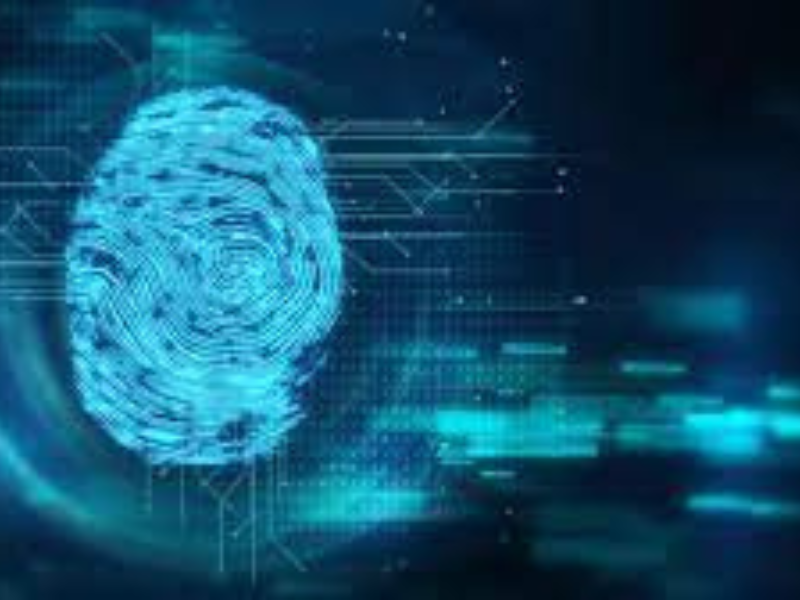Ronita Torcato
The Indian Institute of Technology, Bombay (IIT-Bombay) and the Unique Identification Authority of India (UIDAI) have collaborated to develop an efficient touchless biometric capture system for easier usage by the public anytime, anywhere. As part of a newly signed memorandum of understanding, UIDAI and IIT Bombay will jointly conduct research to build a mobile capture system for fingerprints.
The UIDAI and IIT Bombay joint venture through the National Centre of Excellence in Technology for Internal Security (NCETIS) is expected to enhance engagement in research and development (R&D) NCETIS’s joint endeavour of IIT Bombay and the Ministry of Electronics and Information Technology (MeitY), under its flagship Digital India Program, targets indigenous technology solutions for Internal Security in Electronic System Design and Manufacturing.
At present, UIDAI records 70-80 million Aadhaar authentications a day. Authentication is a process whereby the Aadhaar holder’s number and biometric and demographic information, is submitted to UIDAI for verification. UIDAI has recommended Aadhaar verification prior to accepting it as proof of identity. The card can be verified using the QR code on the identity document system. However, clever fraudsters can still download Aadhaar cards and access digital fingerprints.
Last April, the Comptroller & Auditor General had formally confirmed activists fears: Aadhaar is a badly designed system, with immense surveillance risks. The Supreme Court however had ruled that Aadhar does not violate the right to privacy when a person agrees to share his biometric data. This April’s MOU between UIDAI and IIT-B
envisages the touchless biometric capture system, once developed and operational, to allow fingerprint authentication from home like face authentication. The new system is designed to capture multiple fingerprints at one go and further boost the authentication success rate. Once set in place, the new system is expected to enhance the existing facilities available in the Aadhaar ecosystem.
Such a system will use an intelligent combination of signal/image processing and machine learning/deep learning with a common mobile phone available to the public with a good user experience, and a step forward in making Universal authenticator a reality according to the Ministry of Electronics and Information Technology (MeitY).
Also Read: SP Jain’s BBA 2022 alumni bag jobs in nine countries
